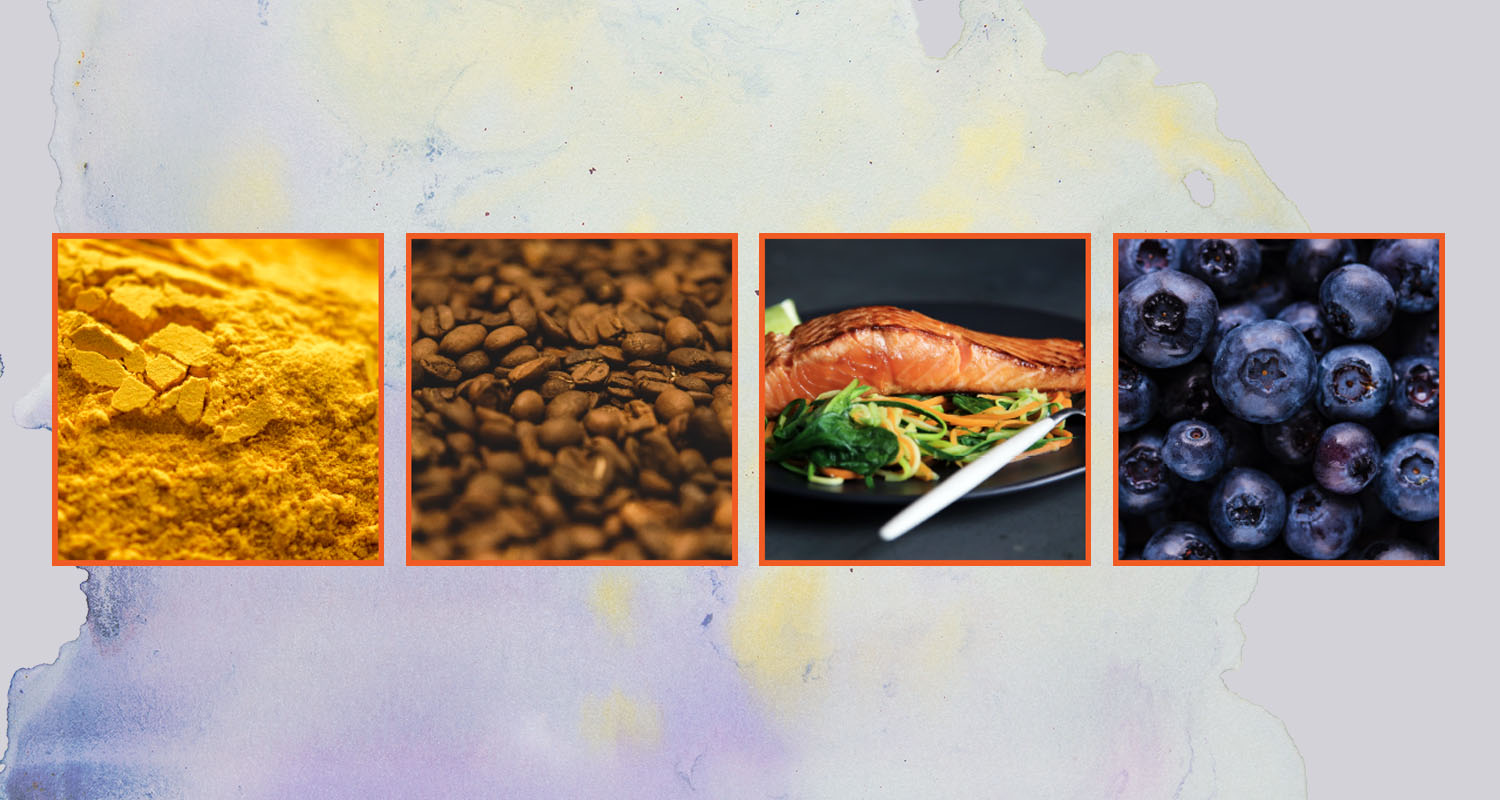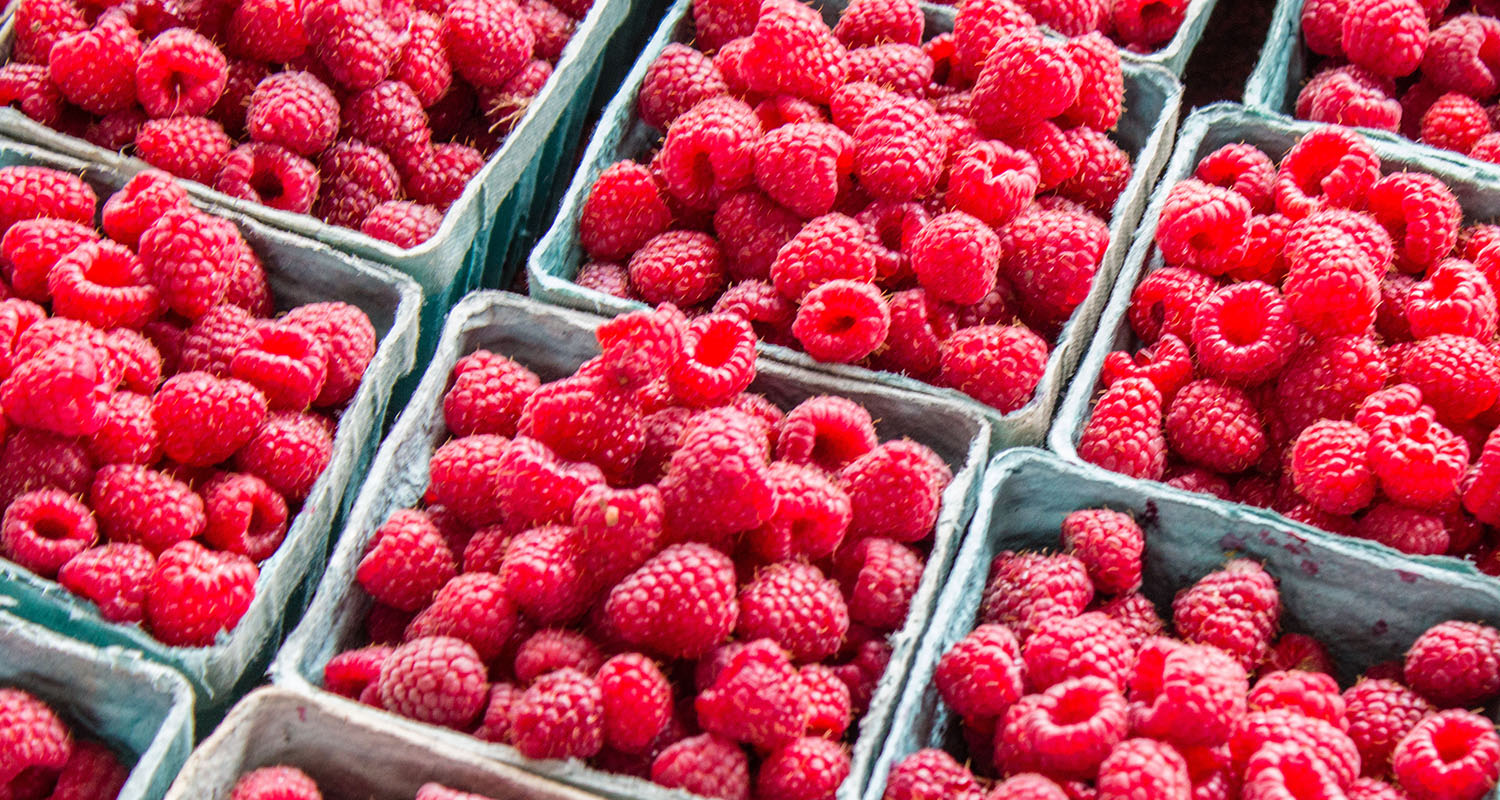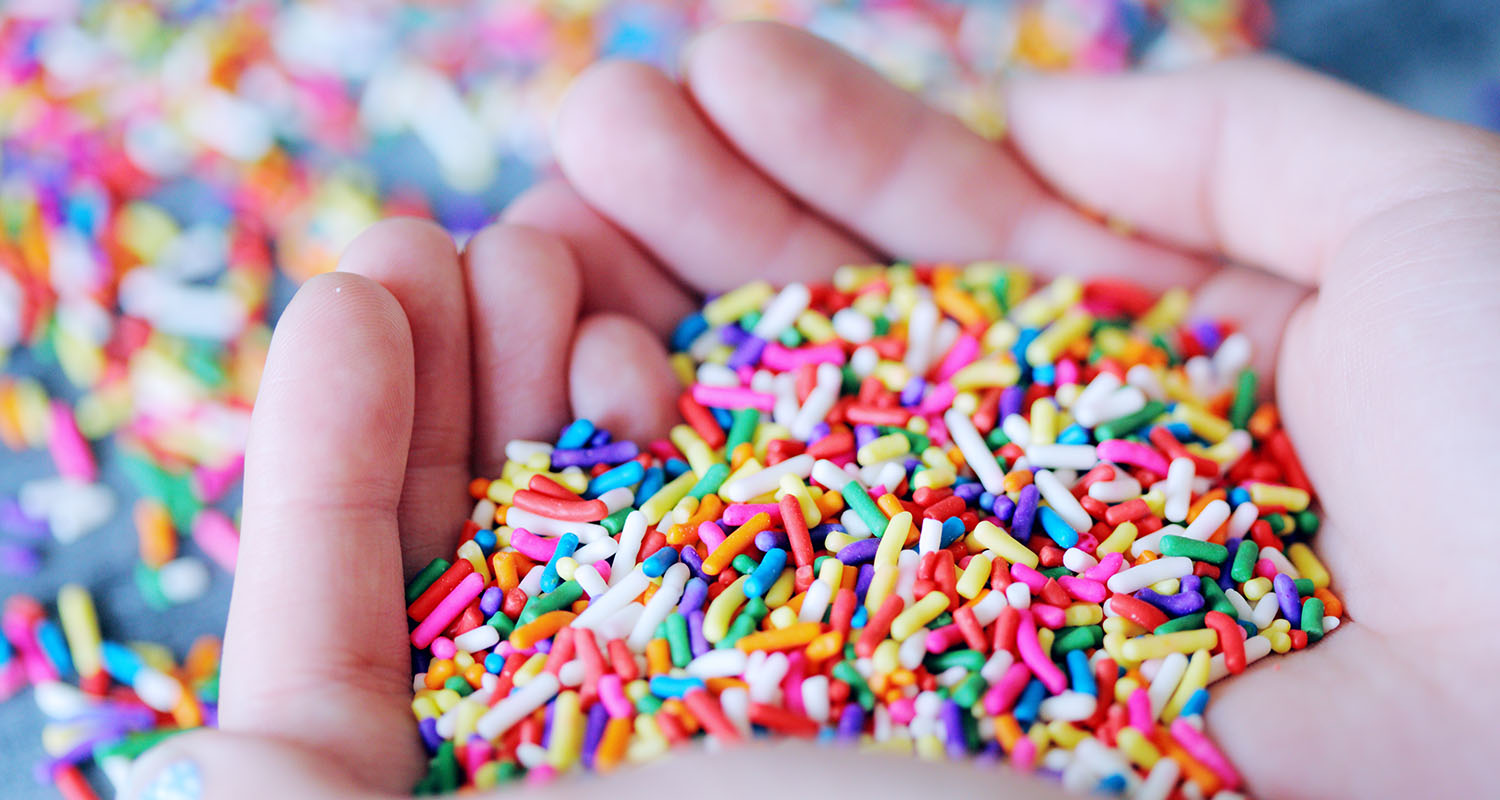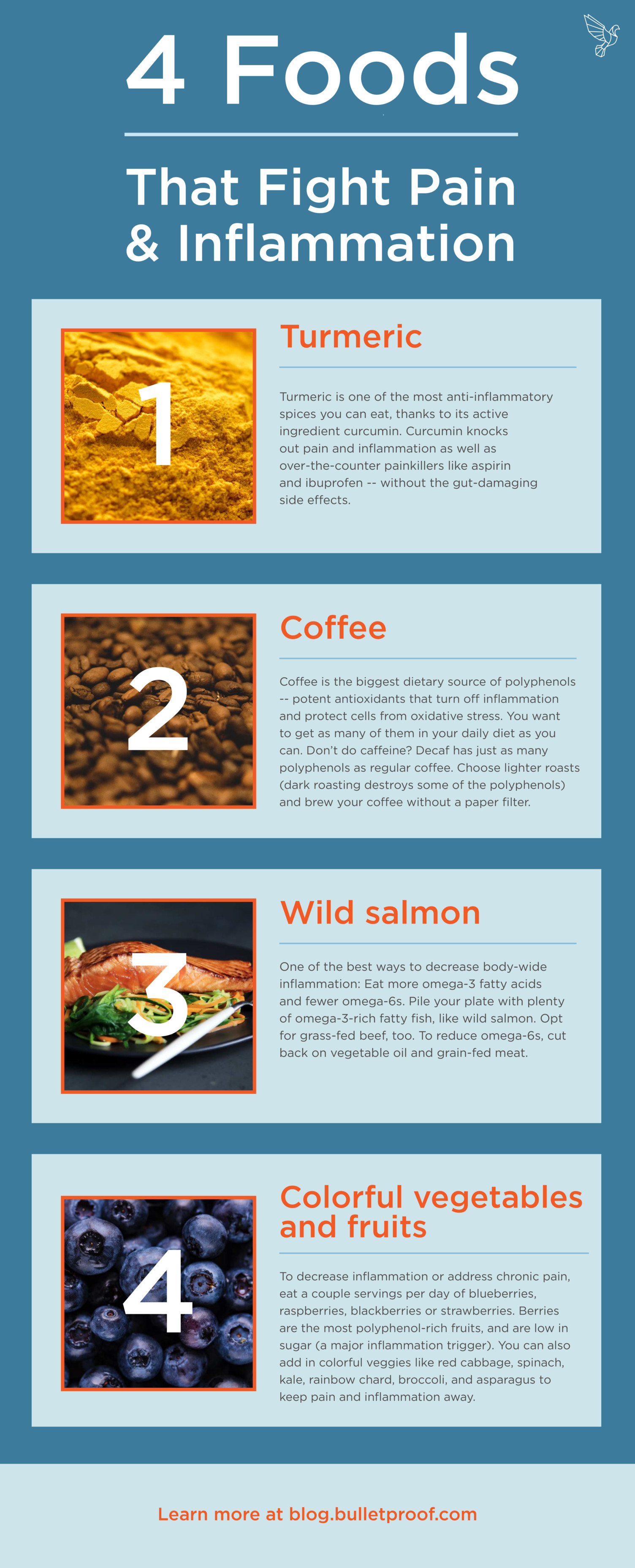
- If you’re in chronic pain, you aren’t alone. Nearly a third of Americans report chronic pain, and a lot of it is the result of inflammation.
- Following an anti-inflammatory diet makes a huge difference in inflammation and pain.
- This article covers the best anti-inflammatory foods you can eat, as well as the three most pro-inflammatory foods to avoid.
If you’re in chronic pain — pain that lasts weeks, months, or even years — you’re not alone. Nearly one-third of all Americans report having chronic pain.[ref url=”https://www.ncbi.nlm.nih.gov/pubmed/20797916″] The physical and emotional tax of it is huge.
Pain is a message that something in your body is struggling, and that you should fix it. With acute pain, the message is obvious: maybe you pulled a muscle or broke a bone. Chronic pain is often more subtle. Research suggests that one of the biggest components of chronic pain is inflammation — a background response to continuous, low-level cellular damage.[ref url=”https://www.ncbi.nlm.nih.gov/pubmed/20797916″][ref url=”https://www.ncbi.nlm.nih.gov/pubmed/10998702″][ref url=”https://www.ncbi.nlm.nih.gov/pmc/articles/PMC3552517/”][ref url=”https://www.ncbi.nlm.nih.gov/pmc/articles/PMC4909918/”]
Sometimes inflammation is good (the classic example is muscle inflammation after working out, which helps you rebuild your muscles to be stronger). But if you’re in chronic pain, odds are your inflammatory response doesn’t turn off properly, and one of the best things you can do for yourself is eat an anti-inflammatory diet. An anti-inflammatory diet helps you bring your inflammatory response back into balance, giving your body a chance to repair itself and get back to running smoothly.
Unfortunately, a lot of advice about anti-inflammatory foods is misguided. Suggestions like avoiding fat and replacing it with fruit and whole grains can make inflammation much worse, especially for certain people.
Here are the best foods to eat and avoid on an anti-inflammatory diet.
Related: Feel the Best You Ever Have. Download Our Free 30-Day Upgrade.
4 best anti-inflammatory foods
These four anti-inflammatory foods will help you regulate your inflammatory response and decrease oxidative damage that shuts down your cells. Make them staples of your diet when you can.
Turmeric (and other herbs and spices)

In addition to adding turmeric to your diet, consider taking a curcumin supplement. And as a general rule, use fresh herbs and spices in your cooking. They taste good and they’re great for you.
Coffee or tea

Coffee is the biggest dietary source of polyphenols.[ref url=”https://www.ncbi.nlm.nih.gov/pmc/articles/PMC5601283/”][ref url=”https://www.ncbi.nlm.nih.gov/pmc/articles/PMC4473170/”] It’s packed with chlorogenic acid, hydroxycinnamic acid, kahweol, cafestol, and several other powerful anti-inflammatory compounds.[ref url=”https://www.ncbi.nlm.nih.gov/pubmed/16507475″]
Don’t do caffeine? Opt for decaf coffee; it won’t change the polyphenol content.[ref url=”https://www.ncbi.nlm.nih.gov/pubmed/20008687″] To maximize your coffee’s polyphenol content, choose lighter roasts (dark roasting destroys some of the polyphenols) and brew your coffee without a paper filter.[ref url=”https://www.ncbi.nlm.nih.gov/pubmed/29265388″] Filtering coffee pulls out kahweol and cafestol, two important polyphenols.
And if you don’t do coffee at all, try green tea. It’s rich in polyphenols as well,[ref url=”https://www.ncbi.nlm.nih.gov/pmc/articles/PMC2855614/”] and you can make a delicious Bulletproof green tea latte with it. Using butter instead of milk or cream in your coffee preserves those precious polyphenols.
Colorful vegetables and fruits

Wild salmon

The average Western diet has an omega-6 to omega-3 ratio of about 20:1.[ref url=”https://www.ncbi.nlm.nih.gov/pubmed/12442909″] You want closer to 2:1, or even 1:1.
The best way to reach an optimal anti-inflammatory ratio? Cut out omega-6 oils (more on that in a second) and eat plenty of omega-3 rich fish. Wild salmon is absolutely packed with omega-3s.[ref url=”https://www.ncbi.nlm.nih.gov/pubmed/16323755″]
Don’t eat farmed salmon; it has inferior nutritional value and the fish absorb contaminants from subpar feed and low-quality farm water.
Related: 4 Natural Remedies That Fight Inflammation
3 worst foods that cause inflammation and pain
When it comes to an anti-inflammatory diet, what you avoid is just as important as what you eat. Certain foods trigger massive inflammation and you’re better off eliminating them from your diet whenever possible — especially if you’re dealing with chronic pain.
Here are the three biggest inflammatory foods for most people:
Sugar

For a long time, fat has taken the blame for inflammation, heart disease, and so on, but recent research suggests that fat alone is fine, and that it’s actually the combination of fat and sugar or refined carbs that drives inflammation. The two together wreak metabolic havoc on your body.[ref url=”https://www.ncbi.nlm.nih.gov/pmc/articles/PMC4579563/”]
From a nutritional standpoint, the number one thing you can do to decrease inflammation and address chronic pain is to stop eating sugar. It’s just not worth it.
By the way, fructose — the sugar in fruit, agave syrup, and other sweeteners marketed as “low-glycemic” — is no better than table sugar. It’s true that fructose doesn’t spike your blood sugar as much as table sugar does, but it puts a heavy inflammatory tax on your liver.[ref url=”https://www.ncbi.nlm.nih.gov/pmc/articles/PMC5893377/”][ref url=”https://www.ncbi.nlm.nih.gov/pmc/articles/PMC5372893/”]
Sugar is sugar. The more you cut it out of your diet, the better you’ll feel.
Omega-6 fats

“One of the biggest causes [of inflammation] is too many omega-6s and not enough omega-3s. Omega-6s, they’re necessary. They’re essential fat, but they’re like a neighborhood bully. If you eat too much of them, then they use up all the enzymes and the omega-3s can’t get into your cells.”
One of the best ways to decrease chronic inflammation is to shift your omega-6 to omega-3 ratio in favor of omega-3s. Eating more omega-3s from sources like wild salmon and grass-fed beef is important. It’s equally important to stop eating foods rich in omega-6 fatty acids.
Vegetable oil is probably the most concentrated and common source of omega-6s. Grain-fed or factory-farmed meat is a close second. Here’s a comprehensive guide to quality fats and what fats to avoid. Choose fats in the green zone and avoid fats in the red zone.
Remove omega-6 fats from your diet and replace them with quality alternatives. You’ll feel the difference.
Whole grains

You often hear about how much fiber whole grains contain, and how they’re more nutritious than refined grains. Both claims are true, but that doesn’t make eating grains in general a good idea. The majority of grains have more downsides than upsides (although there are a couple exceptions).
Gluten has caused the scientific community to splinter. Some researchers say it causes lots of inflammation, even in people without celiac disease.[ref url=”https://www.researchgate.net/publication/232528784_Non-celiac_Gluten_Sensitivity”][ref url=”https://www.ncbi.nlm.nih.gov/pubmed/21641886″][ref url=”https://gut.bmj.com/content/early/2016/07/21/gutjnl-2016-311964.full”] Others say that gluten doesn’t deserve its bad reputation, and that it’s actually the short-chain fermentable carbs in whole grains that cause a problem.[ref url=”https://www.ncbi.nlm.nih.gov/pubmed/24667093″][ref url=”https://www.ncbi.nlm.nih.gov/pubmed/23648697″]
Or maybe it’s agglutinin, another inflammatory grain protein.[ref url=”https://www.deepdyve.com/lp/elsevier/effects-of-wheat-germ-agglutinin-on-human-gastrointestinal-epithelium-DDDhjGaQzd/1″][ref url=”https://www.ncbi.nlm.nih.gov/pmc/articles/PMC116532/”]
Or it could be the amylase-trypsin inhibitors that aggravate gut inflammation and arthritic joint pain.[ref url=”https://www.ncbi.nlm.nih.gov/pmc/articles/PMC3526354/”][ref url=”https://www.karger.com/Article/Pdf/371476″]
The point is that there are a lot of inflammatory compounds in whole grains. Whether it’s gluten or something else, you’re better off avoiding most grains on an anti-inflammatory diet. Replace them with high-quality carb sources like sweet potatoes, carrots, and squash instead.
One of the main goals of the Bulletproof Diet is to minimize inflammation, with the goal of promoting longevity and getting rid of chronic pain. For a simple guide to the best anti-inflammatory foods (and the inflammatory foods to avoid), check out the free one-page Bulletproof Diet Roadmap. You don’t have to resign yourself to chronic pain or inflammation. Try changing your diet and see how you feel.
For more advice on how to eat your way stronger and leaner, subscribe to our biohacking newsletter below.











